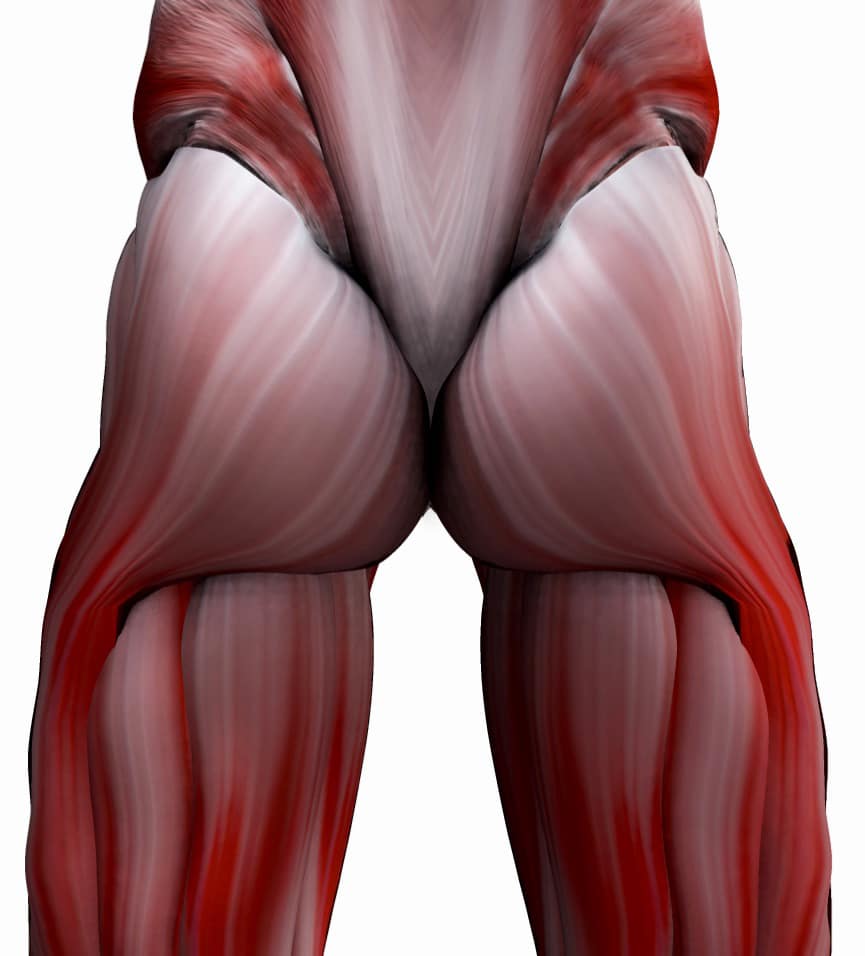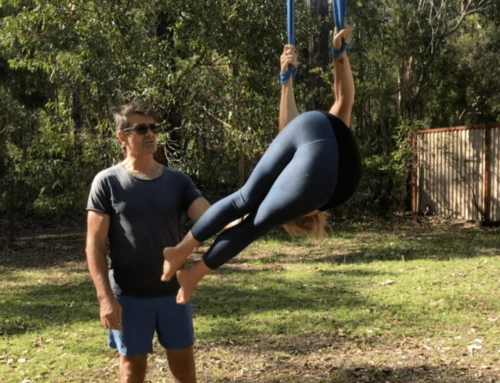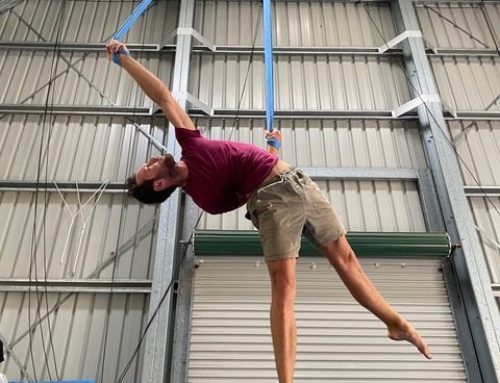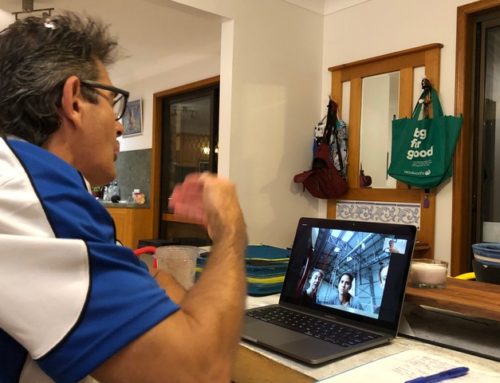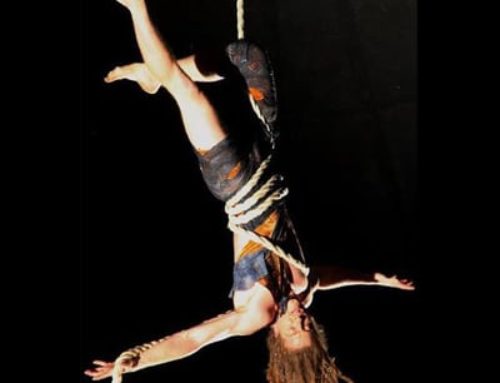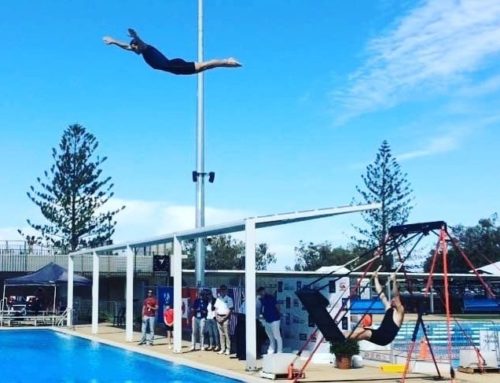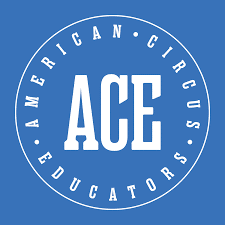After many years of coaching experience, I have noticed a few common mistakes from my students that have occurred often enough that they deserve a mention. All of my ex-students and current students can attest to me telling them that they can never be too strong. There is however a downside to this: if they are too strong in one area of their body, and the opposing area is not as strong. What do I mean by this? Any aerialist knows how important having strong abdominals are in order to achieve even easy skills. They all do a variety of exercises to increase their abdominal strength, but unfortunately forget about the opposing group of muscles to their abs – their buttocks. Those same students and ex-student of mine (who attested to me telling them that they could never be too strong), will also remember me telling them at one point or another that their butts were broken! The strange looks that I got was evidence that another explanation was required, and I confirmed that since their butts already had a crack and a hole in it, how more broken could it be? After they finished laughing, I would go on to explain what was actually going on with their glutes, which I will share with you. If you are unable to activate and maintain tension in your butt muscles on purpose, you too might have a “broken butt”.
If you were not trained as a gymnast from a young age, you would not have been faced with doing a number of exercises targeting your glutes, hamstrings and lower back muscles (called the erector spinae muscles.) In short, if ever you lay on your stomach and did the “Superman” shape by arching your chest and heels upwards together, these are the muscles that would be activated. When I ask my students to achieve a straight body shape (like a layout on the trampoline), I am asking them to make their back muscles as tight as their stomach muscles so that they do not pike more than they arch, or arch more than they pike. This means that both groups of muscles, front and back, need to have equal strength. Very often they don’t. Here is an easy test to see if you also suffer from uneven muscle group strength. Video yourself doing a handstand and check your body shape from the side. If you have an arch in your back (the most common fault), the chances are that you have not switched on your abdominals. Less common, but just as frustrating is if you are more piked (dished) than straight. This usually means that your stomach muscles are working more than your back muscles, or you do not have the back-muscle strength to compensate for the work that your stomach muscles are performing.
Strengthening your core is related to being strong in a large group of muscles controlling your ability to maintain a straight body shape during certain acrobatic movements, aerial or ground. This is more beneficial for your ability to maintain this shape long enough until the movement is completed and not just the first part of that movement. While doing tempo swings (beats) under your trapeze bar or straps, you will achieve great height when your feet go forwards, but not the same height when your feet go backwards. For an aerialist, this is inefficient and may encourage the student to use other means to achieve the desired result, like kicking harder, which will apply more dynamic weight loading on their shoulders. I have had students hurting their shoulders for this very reason, just because their butt muscles were too weak.
More important than making the correct shapes and maintaining equal height is the fact that your legs are completely dependent on the health of your hips and the muscles controlling them. Keeping your hips “square” is another piece of advice I often need to give to students and this is only possible by having healthy and strong glute muscles. Leg injuries often heal with a weakness in the hip of the injured leg due to the duration of time not weight loading it while waiting for the injury to heal. The recovery of the injury often ignores the re-strengthening of the muscles in the hip joint. Exercising all the glutes has more health benefits for your whole body than just to balance the strength of your stomach muscles.
Finally, your body’s centre of gravity (centre of mass) lives in your hips. Without going into a bio-mechanical lecture, your ability to achieve any acrobatic movement is directly influenced by your ability to maintain control of your hips/centre of gravity. If you accept that everything that we do in circus is “unnatural” for our bodies, which is “adapted” by the individual to achieve physical art, then you also need to accept that your muscles require specific training in order to do the skills of circus. However, it is very easy to limit yourself to only train on one apparatus. You therefore miss out on developing opposing areas of your body that will negatively influence your life as a performer and also as a human, when you decide to stop doing your circus training. I am a firm believer in symmetrical training for this reason. Making your body equally strong, front to back and left to right is an important ingredient for performing longevity, increased range of movement and avoiding chronic aches and pains associated with poor posture or asymmetrical stance. My final piece of advice is to try and include “opposing” muscles exercises for every exercise that you do in order to keep healthy and doing your favourite circus art for as long as possible.

